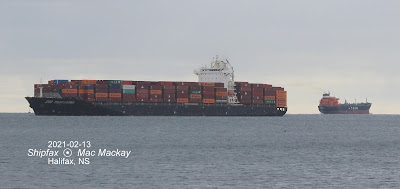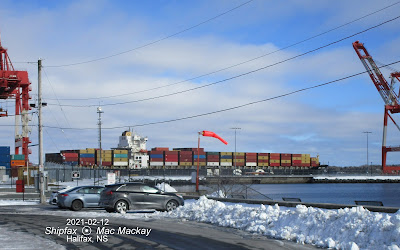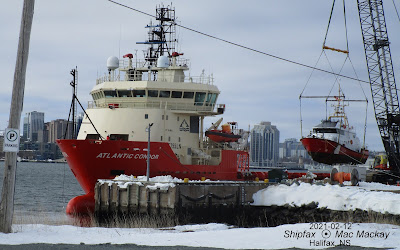Ships going for scrap are not usually news, since most ships end up at the scrap yard eventually, if they do not succumb to the dire circumstance of sinking. Thirty years is about the maximum life expectancy for a ship these days since insurers and the classification societies that rate them require major overhauls at that age. These refits are so extensive that the cost usually exceeds the residual value in the ship.
A pair of sister ships arrived at Chittagong January 27 for their appointments with the breakers. The ships have worked in tandem since built in 1990 and 1991, and will now go under the torch together. Daewoo Shipbuilding and Heavy Machinery in Okpo, South Korea built the ships as self-unloading bulk carriers for Fearnley + Eager of Oslo. That company went under before completion, and they were taken over, along with long term charters, by Egon Oldendorff of Luebeck, Germany. The ships were given the names Yeoman Burn and Yeoman Brook on delivery in 1990 and 1991 respectively to take up charters with the British construction materials company Foster Yeoman, carrying aggregates in the UK and Europe.
In 1993 Egon Oldendorff and CSL (Canada Steamship Lines) formed a pool to operate ocean going self-unloading bulk carriers, and were later joined by Klaveness and Algoma. The pool was managed by CSL Americas, now called CSL International out of the unlikely port of Salem, MA.
Yeoman Brook had a serious fire that started in the self-unloading structure May 6, 1994 while tied up in Bremen, however the ship was repaired and returned to service August 25, 1994.
Later in 1994 Yeoman Burn was renamed Caroline Oldendorff 43,332 gt, 77,549dwt and Yeoman Brook was renamed Bernhard Oldendorff 43,332 gt, 77,548 dwt and both were chartered to CSL. The ship's paths did not cross often as they were assigned to various trades with CSL International.
Bernhard Oldendorff delivered coal to Nova Scotia, and usually loaded aggregates as backhaul. However when it came to load gypsum in Halifax it was found to be too high out of the water to fit under the loading device at National Gypsum in Dartmouth. A smaller ship, Atlantic Erie came in to transfer enough cargo to allow the ship to get in alongside. Even then it could not load to full draft due to shallow water at National Gypsum.
Atlantic Erie starts off the loading process at anchor in Bedford Basin.
Unloading aggregates at Tampa.
Therefore the ship was a rare caller in Halifax, but a notable one due to its size. Its last visit was in July 2015 when it called for bunkers.
Sister ship Caroline Oldendorff did not call in Halifax as far as my records go.
In 2018 Oldendorff sold the two ships and withdrew from the CSL International pool, selling its remaining three ships to Algoma.
New owners, reported to be in Abu Dhabi, renamed them Berni and Carol for a short time and sold them on later in 2018 to Hong Kong, where they were to work on a large land reclamation project and were renamed Berni HK and Carol HK.
As the ships were approaching thirty years of age it can be imagined that the last owners did not make much of an investment in terms of maintenance, and that on completion of the Hong Kong work they were quite ready for the breakers.
.








































